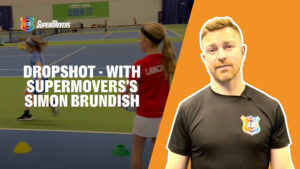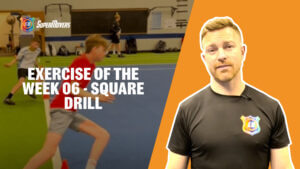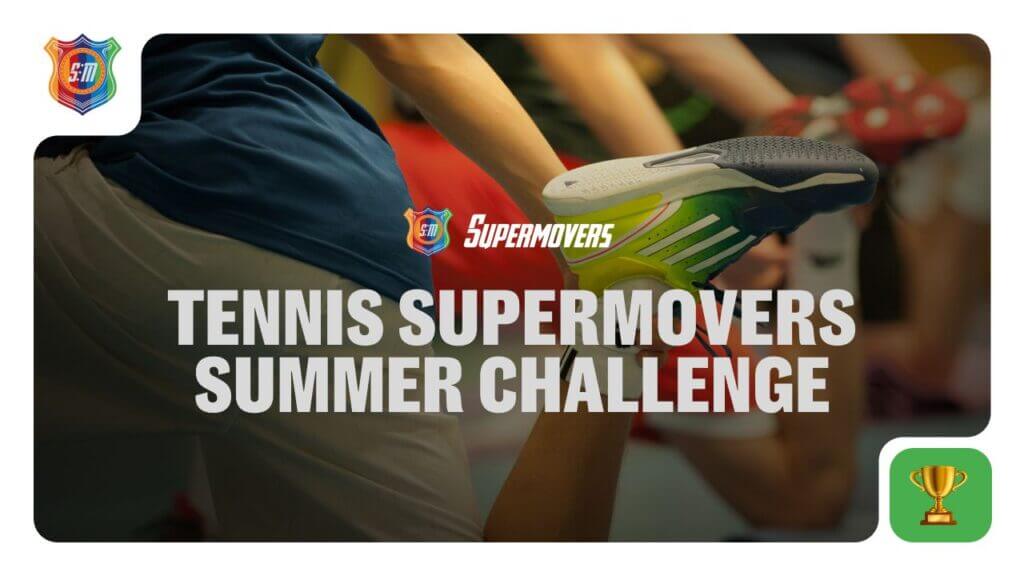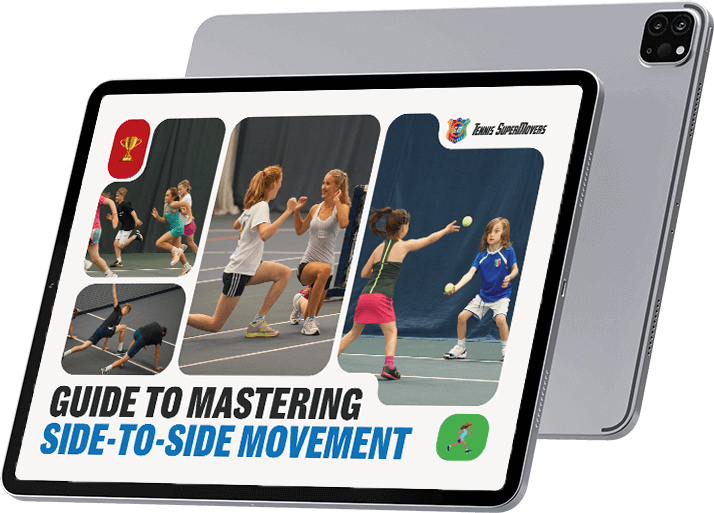Coordination Training - Part 1
Coordination Training – Part 1
Coordination training is an often misunderstood and, at times, haphazardly delivered element of physical preparation. As with everything in coaching, context is king. A simple search of coordination training can lead you to a whole host of elaborate and dynamic drills. A well-meaning coach sees these drills and looks to implement them in their next practice – but, more often than not, the context for including that exercise is often missing.
My mentor, Darren Roberts, taught me that at any one time, someone should be able to step into your session and ask you the question “why are you doing that exercise and what are you looking for?”
You should be able to answer this three times. Let’s take the above situation as an example – the coach has found ‘an amazing drill’ on social media, the post says it is working on reactions. So, when questioned for the first time on why they are doing said drill, they can comfortably answer why they are doing the drill “to develop reactions”, and maybe the second time the can confidently answer “tennis requires reactions”, but when probed deeper on “why is this important to this player and what are the key 3-5 coaching points you are looking for?”, this is where the coach starts to come unstuck, because as good as an exercises may look, if you do not know extensively the why and how to correct technique to achieve excellent execution, then it is just a random drill, lacking in specific context.
So where does coordination training sit in the physical preparation of tennis athletes? If we look at the key bio-motor abilities of an athlete, we can use the categorisation of the 5 S’s (where coordination would fall within the category of skill):
- Strength
- Speed
- Stamina
- Suppleness
- Skill
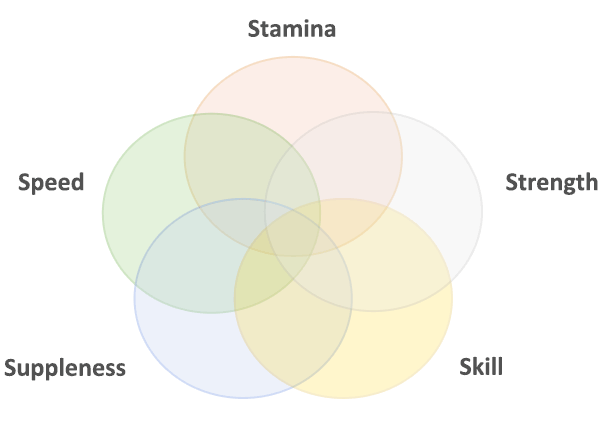
As we can see from the diagram above, no one element stands alone, they are all interconnected, for example:
- Strength-Speed
- Speed-Skill
- Strength-Stamina/Strength-Endurance
As a tennis-specific S&C coach there needs to be a balance in the development of skill. Tennis is a sport that demands highly skilled athletes and, in order to aid this skill enhancement, as a coach you are constantly teaching both competency and capacity.
Competency relates to the execution of a task, be it in the gym coordinating the execution of a weightlifting derivative or refining a technical issue in the serve, both of which require high levels of coordination. Capacity relates to the ability to repeat that task under speed, fatigue, complexity and pressure, which again demands the athlete to be well-coordinated. Therefore, to enhance on-court performance I am constantly trying to find a balance between general athletic development tasks and sport-relevant tasks, such as on-court movement with a medicine ball. As you can see below, similar shapes can be seen both in general off-court physical development task and that of highly specific sports movement.
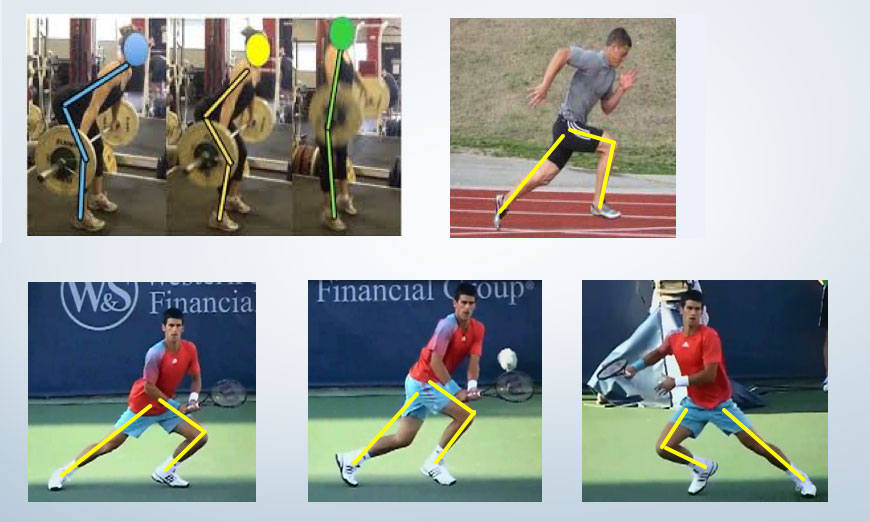
When defining coordination, I like to use John Kiely’s quote – “Coordination is when the central nervous system organises the body to satisfactorily solve a movement problem, for the least uptake of resources”.
My interpretation of this definition is that the athlete needs to most effectively and efficiently, create an answer to a movement puzzle set by the environment or the opponent. Take, for example, the movement to a wide forehand, a supposedly simple task. However, if we consider that a player may have to solve this puzzle on different court surfaces – indoor and outdoor hard/carpet/clay/grass – in each situation the solution may be slightly different, before even taking into consideration the type of shot the opponent has sent. This represents a combination of the coordination categories – adaptability and differentiation.
NEXT WEEK
Don’t miss Coordination Training -Part 2, where I will take you through the categories of coordination which play a crucial role in developing players’ skill levels and problem solving skills, these are Rhythm, Balance, Reactions, Adaptability, Differentiation, Interoperability and Orientation.

